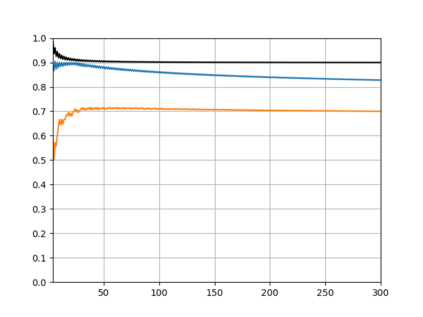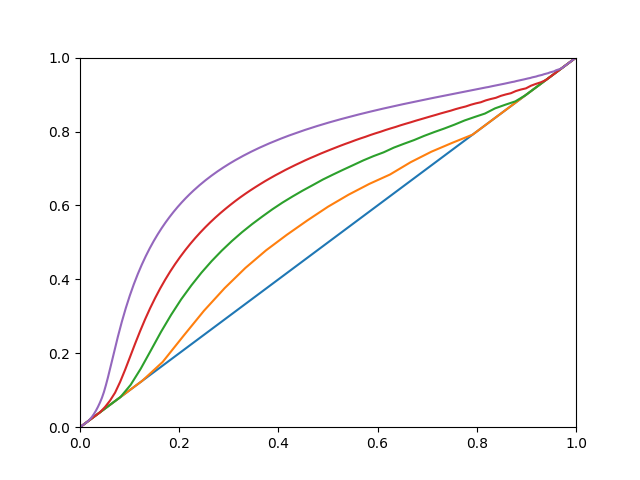We consider the problem of finding a compromise between the opinions of a group of individuals on a number of mutually independent, binary topics. In this paper, we quantify the loss in representativeness that results from requiring the outcome to have majority support, in other words, the "price of majority support". Each individual is assumed to support an outcome if they agree with the outcome on at least as many topics as they disagree on. Our results can also be seen as quantifying Anscombes paradox which states that topic-wise majority outcome may not be supported by a majority. To measure the representativeness of an outcome, we consider two metrics. First, we look for an outcome that agrees with a majority on as many topics as possible. We prove that the maximum number such that there is guaranteed to exist an outcome that agrees with a majority on this number of topics and has majority support, equals $\ceil{(t+1)/2}$ where $t$ is the total number of topics. Second, we count the number of times a voter opinion on a topic matches the outcome on that topic. The goal is to find the outcome with majority support with the largest number of matches. We consider the ratio between this number and the number of matches of the overall best outcome which may not have majority support. We try to find the maximum ratio such that an outcome with majority support and this ratio of matches compared to the overall best is guaranteed to exist. For 3 topics, we show this ratio to be $5/6\approx 0.83$. In general, we prove an upper bound that comes arbitrarily close to $2\sqrt{6}-4\approx 0.90$ as $t$ tends to infinity. Furthermore, we numerically compute a better upper and a non-matching lower bound in the relevant range for $t$.
翻译:我们认为在一组个人对若干相互独立的二进制议题的意见之间找到妥协的问题。 在本文中, 我们量化了要求结果获得多数支持, 换句话说, “ 多数支持的价格 ” 。 我们假设, 每个人如果同意关于至少同样多议题的结果, 就会支持结果。 我们的结果也可以被视为量化Anscombes悖论, 指出主题性多数结果可能得不到多数支持。 为了衡量一个结果的代表性, 我们考虑两个衡量标准。 首先, 我们期待一个结果, 要求结果获得多数多数支持, 也就是多数支持, 换句话说, 最高结果与多数一致。 我们考虑的是, 美元(t+1) / / 2 美元, 美元是议题的总数。 第二, 我们数的选民意见与该主题的结果相符的倍数。 我们的目标是找到最接近的结果, 多数支持与最高比例的比例 。 我们考虑这个结果中的多数比, 我们比较这个结果的数值是多少。





